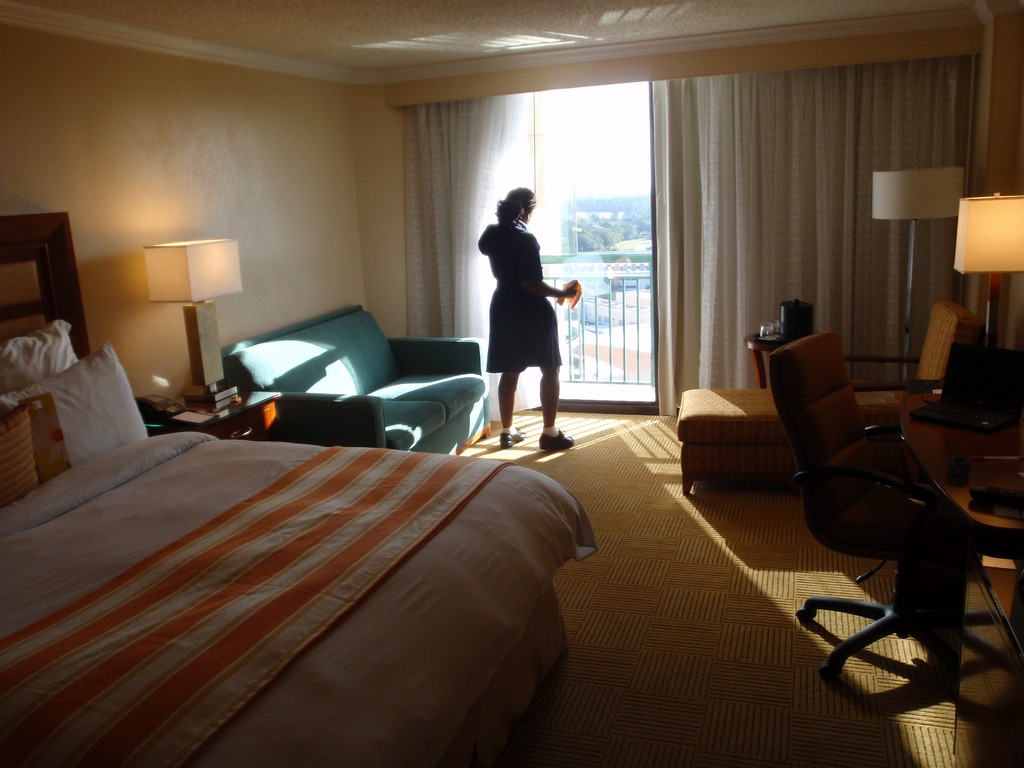This is What the Working Class Looks Like
Some of the working class, anyway.

Dispatches about the working class in recent months have focused largely on the white working class — the very base that the man in the White House energized. But the image of the working class that Donald Trump clings to and credits for his victory is an antiquated one. This is the notion a recent New York Times Magazine feature presents for consideration: that the American working class is no longer based in and around manufacturing, but around service.
Workers continue to find work, but now the jobs are in service. Taking care of aging baby boomers, in particular, has become by far the largest driver of job growth in the American economy. Among the occupations the Bureau of Labor Statistics expects to grow most rapidly over the next decade: physical-therapy assistants, home health aides, occupational-therapy assistants, nurse practitioners, physical therapists, occupational-therapy aides, physician assistants. … You get the idea. Nine of the 12 fastest-growing fields are different ways of saying “nurse.”
The jobs that the working class did — the very jobs that Donald Trump has promised to bring back to America — are largely automated now. Caring for others is a trickier beast, much harder to mechanize, difficult to automate and still require a human touch. The people featured in this section perform a number of jobs not traditionally associated with the image of the “working class” — there’s a hair braider, a Zappos customer service representative and a delivery truck driver. These are not the working class people Trump was speaking to on the campaign trail, but they’re the new face of the working class.
Support The Billfold
The Billfold continues to exist thanks to support from our readers. Help us continue to do our work by making a monthly pledge on Patreon or a one-time-only contribution through PayPal.
Comments